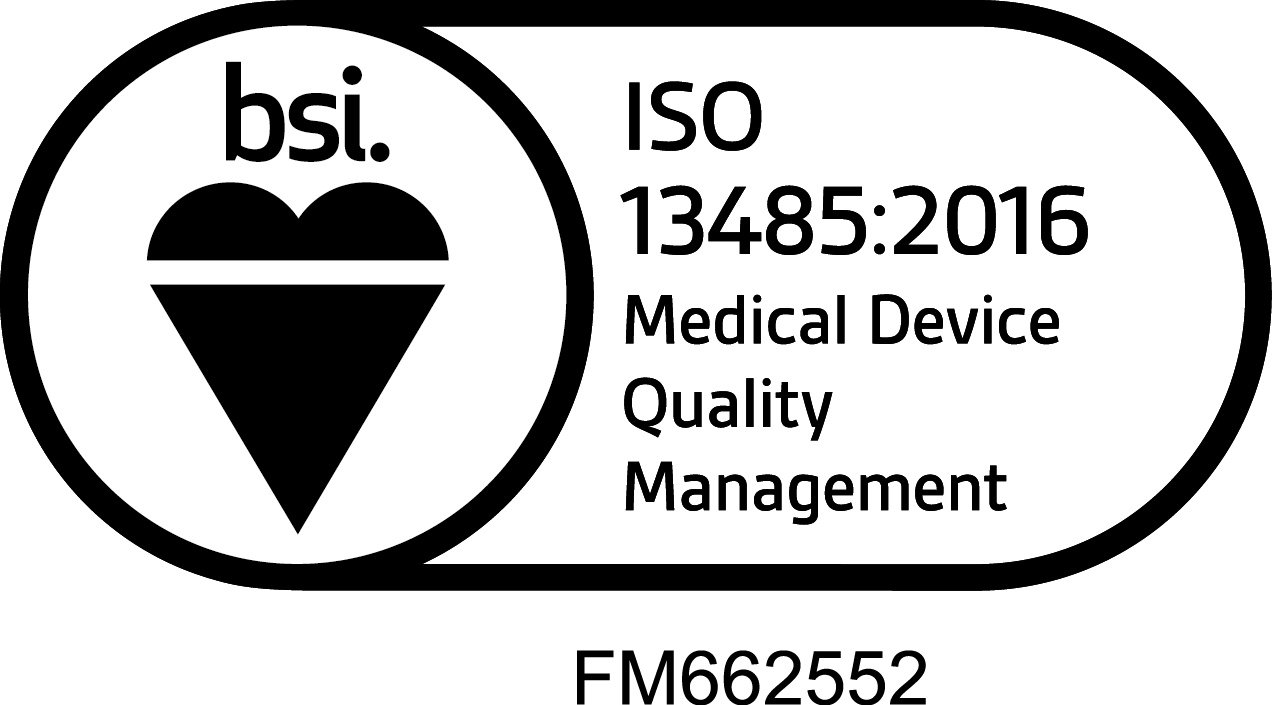Three spine and medical device trends from NASS 2018
Robotics, consolidations, and the merging of biotech, pharma and medical devices were three major trends talked about during NASS 2018.
This year, the annual meeting of the North American Spine Society drew more than 300 exhibitors and thousands of attendees to discuss the newest developments in spine care, surgery and implants. Here’s a deeper dive into three key topics from the show.
1. Robotics in the operating room is just the start.
The majority of operating room procedures still rely on human expertise, and screws and implants are designed for this manual process.
However, robotics are quickly gaining favor in operating rooms thanks to their hyper-targeted precision and speed. This trend was evident from the number of product launch announcements at NASS.
We see the operating room as just the start of robotics’ impact, however. Tools and devices will need to adapt to robots, and we see a strong potential for changes in screw and implant design to seamlessly integrate with this technology and create opportunity for greater efficiency and time savings.
2. Biotech, pharma and medical devices converge to improve patient outcomes.
Medical devices began as standalone products designed for a single purpose.
Over time, we’ve seen these devices grow increasingly complex and integrate biotechnology advancements to promote healing. In our area of spine and orthopedic implants, this often takes the form of specialized coatings to stimulate bone growth and healing.
There were many discussions at NASS about how pharmaceuticals are wading into this relationship between device and biotech.
Medications can now be delivered at the source of the implant to limit infections. New pharmaceutical delivery methods are being researched that may ultimately impact the entire product development cycle. This change will be especially powerful if mergers and acquisitions begin between large pharmaceutical and medical devices companies.
3. Consolidations and acquisitions continue to impact relationships between contract manufacturers and clients.
Several companies revealed high-profile mergers and acquisitions during NASS that highlight the ever-changing landscape of medical device contract manufacturing.
Many smaller to mid-size contract manufacturers are being acquired by large med tech companies or private equity firms, which often results in changing operational priorities and areas of service.
Amidst this landscape, a number of specialized manufacturers, including Lowell, are committed to staying independent and family owned. This allows us the flexibility to work with customers as they need us to, whether it’s a custom process or small-batch production.
For more about what we learned at NASS and how changes may impact your business options, email requestinfo@lowellinc.com.

 13485:2016 Registered
13485:2016 Registered